Table of contents
- What Are PGR Weed - And Why Is Everyone Suddenly Talking About It?
- What Is PGR in Weed - And Why That's Not a Good Thing
- PGR Weed vs Natural Weed - What's the Difference?
- How Bad Is PGR Weed Really?
- Why Do Some Growers Use PGRs in Weed?
- How to Tell If Your Weed Is Full of PGRs
- Is PGR Weed Legal - and Does It Matter?
- Final Thoughts - Why It's Better to Stick With Real Weed
PGR weed is becoming a growing concern among cannabis users - but what exactly is it, and why should you care? In this FAQ, we answer the most common questions about PGR weed: what it is, how to recognize it, whether it's legal in Europe, and what health risks it may carry. If you want to know how to avoid low-quality or chemically treated cannabis, this guide will help you stay informed and safe.
What Are PGR Weed - And Why Is Everyone Suddenly Talking About It?
Maybe you've seen the term "PGR weed" on Reddit, in a Telegram group, or someone just mentioned it and you nodded like you knew what they were talking about. Don't worry - here's what it means, in simple words.
"PGR" stands for Plant Growth Regulators. These are chemicals that make plants grow in a certain way. They're normally used for flowers or fruits - to make them grow faster, look nicer, or get bigger. Some growers use them on weed, too. Why? Because PGRs make the buds look super thick, heavy, and compact. Sounds good, right?
Well… not really.
The problem is: PGR weed looks nice, but it's often bad quality. It usually has less THC, less flavor, and it can be harsh to smoke. It might even be bad for your health, especially if you smoke it often. So in the end, you get weed that looks strong - but doesn't feel strong at all.
How common is PGR weed?
Sadly, it's more common than you'd think - especially in places where weed isn't legal or tested. In Europe, this happens a lot. When you buy from the black market or some random online shop, you never really know what you're getting.
Most people don't notice at first. The buds look good - thick, heavy, even kind of shiny. But once you open the bag, there's not much smell. When you smoke it, the taste is weird or flat. And instead of a nice high, you might just feel tired, heavy, or even get a headache.
A lot of people think, "It's just weak weed," but often, it's PGR weed.
So if your weed looks perfect but doesn't smell like much, if it's too hard, or if it smokes rough - you might be dealing with PGRs.

What Is PGR in Weed - And Why That's Not a Good Thing
PGRs are short for plant growth regulators. They are man-made chemicals that change how a plant grows. In farming or gardening, they're sometimes used to make flowers bloom bigger or fruits grow faster. That might sound fine for roses or apples - but not for something you're going to smoke.
When PGRs are used on cannabis plants, they change how the buds grow. The weed gets tighter, heavier, and looks more "perfect." But the inside story isn't so great. It often loses the stuff you actually want: flavor, smell, and a nice, clear high.
It's a bit like fruit that looks perfect in the store but tastes like cardboard at home. Looks can be deceiving.
Why it's not "just fertilizer"
Some people think PGRs are just normal nutrients or something like plant food. But they're not. PGRs aren't helping the plant grow better - they're changing how the plant grows, and that can be risky. These chemicals can stay in the plant and end up in your lungs when you smoke it.
Some of the PGRs used in weed, like paclobutrazol or daminozide, have even been banned in food crops in many countries. They've been linked to things like hormone problems or even cancer in high amounts. That's not the kind of thing you want to light up in your joint.
So no, it's not just about taste or a weaker high. Smoking weed with PGRs might be bad for your body - even if you can't see it right away.
PGR Weed vs Natural Weed - What's the Difference?
At first, PGR weed might trick you. The buds look chunky, tight, and heavy - like something you'd want to show off. But don't let the looks fool you. Real weed isn't just about how it looks - it's about smell, taste, effect, and how it makes you feel. And that's where PGR weed usually fails.
While natural weed is grown slowly and carefully to develop rich aromas and effects, PGR weed is forced to grow faster and bulkier using chemicals. These chemicals change how the plant looks, but they also ruin everything else that makes weed good.
How to spot the difference
Here's what to look for when you're not sure what kind of weed you're holding:
- It's way too hard. Natural buds are firm, but still a bit fluffy and sticky. PGR buds feel rock solid - almost like they've been pressed together.
- There's almost no smell. Good weed smells loud, even through the bag. Whether it's fruity, piney, or skunky, you should smell something. PGR weed? Often it smells like dry hay or nothing at all.
- It looks dry and dull. Natural weed has rich green tones, some orange hairs, maybe even purple. It glistens a bit because of the trichomes. PGR weed looks flat, dusty, or brownish - no sparkle, no life.
- It tastes off. Smoking PGR weed can leave a weird aftertaste - sometimes bitter, sometimes chemical. Natural weed has flavor. You should taste what you smell.
- It smokes rough. Instead of smooth and relaxing, PGR weed hits your throat hard. The smoke feels dry, harsh, and can make you cough more than usual.
- The high just isn't it. You might feel tired, foggy, or even a little sick. Natural weed gives you a clear, strong feeling - whether it's chill, creative, focused, or happy. PGR weed often just makes you feel… bleh.
So if your weed looks perfect but feels lifeless, smells like cardboard, and gives you no real high - it's probably packed with PGRs. Real weed isn't always picture-perfect, but it hits different. In the best way.
How Bad Is PGR Weed Really?
At first glance, PGR weed might not seem dangerous. You smoke it, maybe feel a little off, maybe not. No big deal, right? But just because something doesn't mess you up immediately doesn't mean it's safe in the long run.
Plant growth regulators, or PGRs, are chemicals made to control how plants grow. In farming, they're used to shape plants or boost harvests. That might be okay for flowers or fruit trees. But when these same chemicals are used on cannabis, they can end up in your body - especially when you smoke them.
Some of the most common PGRs found in weed, like paclobutrazol or daminozide, have even been banned in food crops in many countries. These chemicals act like steroids for cannabis, forcing buds to bulk up unnaturally - a method that may increase profits but can come with serious health concerns.
A LinkedIn article by Sam Yates explains how PGRs are used in cannabis cultivation and the hidden dangers they pose. For a deeper scientific view, a peer-reviewed study in ES Food & Agroforestry explores the toxicological risks of these substances in detail.
What can PGR weed do to you?
- Headaches or nausea
- A heavy, tired feeling that's not the usual "relaxed" high
- Coughing, tight chest, irritated throat
- Feeling foggy or mentally off after smoking
And that's just short-term. If you're always smoking low-quality weed with unknown ingredients, it builds up. Your lungs, your immune system, your hormones - all of that can get out of balance over time.
Even if the health stuff doesn't worry you: PGR weed is usually just bad weed. It tastes like nothing, smells like cardboard, and the high is weak or weird. You're not just risking your health - you're also wasting your money.
Why Do Some Growers Use PGRs in Weed?
Let's be honest: not everyone growing weed cares about quality. Some just want to grow as much as possible, as fast as possible - and make money doing it. That's where PGRs come in. These chemicals help plants grow faster and produce buds that look fat and heavy, even if they're low-quality inside.
What makes PGR weed attractive to shady growers
Natural cannabis takes time. If you want real flavor, good effects, and healthy plants, you need proper light, airflow, nutrition, and patience. That kind of growing takes work - and space.
But with PGRs, growers can cut corners. The plants stay small and easy to control. The buds grow tight and heavy. They might not smell like much, but they look solid. And for many buyers, especially those who aren't super experienced, that's enough to make a sale.
That's why some growers keep doing it: because it works - for them. They save time, spend less on equipment, and still manage to sell their product. Doesn't matter if it tastes bad or the high is weak. By the time you realize it's not good weed, your money's already gone.
Why it keeps happening in Europe
In most parts of Europe, cannabis is still illegal. Even in countries where small amounts are decriminalized or tolerated, there's no real quality control. No lab testing, no ingredient lists, no standards for how weed should be grown or handled.
That means if someone grows weed using banned chemicals, nobody checks. Nobody stops them. And the person who ends up smoking it? They'll probably never know.
This kind of system - or lack of one - creates the perfect environment for bad weed to spread. As long as cannabis stays unregulated and underground, people will keep cutting corners to save money. And as long as buyers don't know what to watch out for, PGR weed will keep showing up.
How to Tell If Your Weed Is Full of PGRs
The biggest problem with PGR weed? Most people don't realize they're smoking it. It looks good at first glance - tight buds, heavy nugs, maybe even a bit shiny. But once you break it up or smoke it, something feels off.
You don't need a lab test to spot the signs. You just need to know what to look for.
What are the warning signs?
One of the first things you might notice is how the bud feels. PGR weed is often unnaturally hard. It's dense in a way that doesn't feel natural - like the bud's been pressed together. When you try to break it apart, it crumbles dry instead of being sticky or fluffy.
Next, the smell. Good weed usually smells strong - sweet, earthy, fruity, or skunky depending on the strain. PGR weed often smells like… nothing. Or worse, it has a slightly chemical or musty smell. That's a red flag.
When you smoke it, PGR weed is usually harsh and dry. It might burn fast, leave your throat scratchy, and give you a strange aftertaste. Some people even report feeling weirdly tired or heavy afterward, without any real high.
And finally: the look. Natural weed has visible trichomes - those tiny, sparkly crystals. PGR weed often looks dull, dusty, or too perfectly shaped. If it looks like it came out of a machine, not a plant, be suspicious.
So if your weed looks great but doesn't smell, burns your throat, or just feels wrong - trust your gut. Real weed is more than just a pretty bud. It should smell alive, taste rich, and give you the kind of high you're expecting. If it doesn't, there's a good chance PGRs are involved.

Is PGR Weed Legal - and Does It Matter?
One of the biggest problems with PGR weed in Europe is this: no one's really checking. In most countries, cannabis is still illegal - but that doesn't mean PGRs are somehow allowed. It just means nobody's looking too closely.
The chemicals used as PGRs in weed, like paclobutrazol or daminozide, are often banned in food production. But since cannabis isn't legally regulated in most European countries, these substances can show up in weed - without anyone being held responsible.
Overview: Legal Status in Europe
| Country | Cannabis Status | PGR Regulation in Weed | Testing Required? |
|---|---|---|---|
| Germany | Illegal (some exceptions) | Not regulated | No |
| France | Illegal | Not regulated | No |
| Netherlands | Tolerated (small scale) | Not tested | Rarely, only in coffeeshops |
| Spain | Decriminalized (private use) | No regulation | No |
| Switzerland | Legal up to 1% THC | Not controlled in weed | Only in licensed products |
| Czech Republic | Decriminalized | No PGR rules | No |
| Austria | Illegal | No regulation | No |
As you can see: there are no clear rules when it comes to PGRs in cannabis. Even in places where personal use is tolerated, there's no system to check what's actually in the weed. That means shady growers can use banned chemicals - and get away with it.
So is PGR weed legal? Technically, no. But the real issue is that no one's checking, and that's exactly why it ends up on the street in the first place.
Final Thoughts - Why It's Better to Stick With Real Weed
Let's be real: weed should make you feel good - not leave you with a sore throat, a headache, or a weird aftertaste. That's exactly why it's worth paying attention to what you're smoking. Just because a bud looks thick and heavy doesn't mean it's high quality. In fact, with PGR weed, that perfect look is often the first warning sign.
If your weed smells weak, feels rock hard, or just gives you a flat, dull high - trust your gut. Good weed has life in it. You can smell it, taste it, feel it. And most of all: you can enjoy it without worrying about chemicals that shouldn't be there.
Until cannabis is fully legal and regulated in more parts of Europe, the best protection you have is knowledge. Knowing what to look for helps you avoid bad weed - and the people who sell it.
TL;DR
- PGR weed looks good but smokes bad
- It often contains chemicals banned in food
- There's no testing or control in most of Europe
- Know the signs - and stick with clean, natural weed when you can
FAQs
Can PGR weed be flushed before harvest?
Flushing helps with excess nutrients, but PGR chemicals often stay inside the plant. That means they may still be present even after drying and curing.
How common is PGR weed in Europe?
PGR weed is still fairly common in unregulated markets. Without lab testing or strict controls, it often slips through unnoticed - especially in black market sales.
Does PGR weed still get you high?
Yes, but the high is usually dull or flat. Many users report feeling tired or heavy instead of relaxed or clear. That's due to lower THC and terpene levels.
Can a lab test detect PGRs?
Yes, but most standard tests don't include them. You'd need a specialized lab that screens for specific growth regulators - and those tests aren't common.
Why do growers use PGRs in the first place?
Because they can grow faster, harvest more often, and make buds look denser. In unregulated markets, there are no real consequences - only profits.





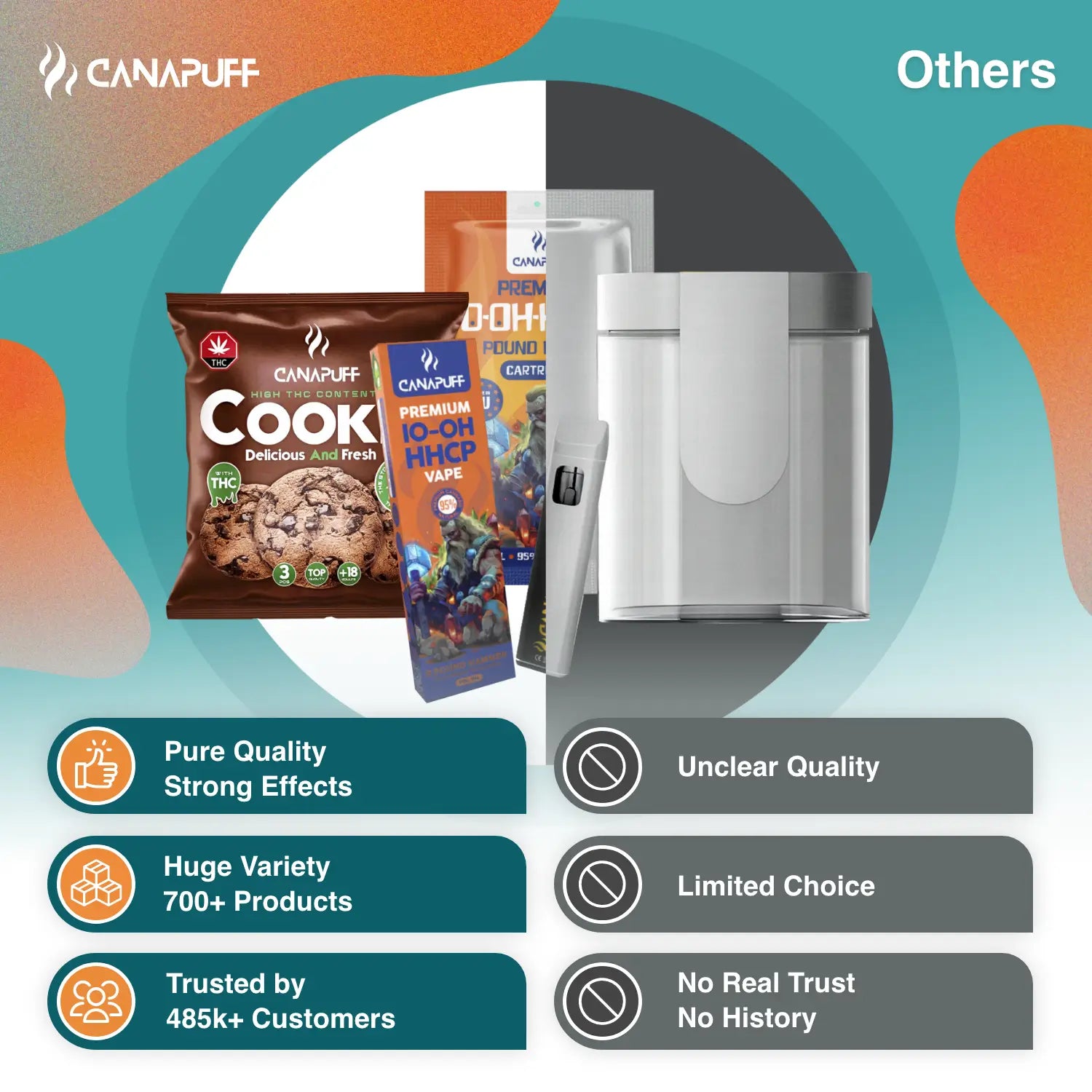
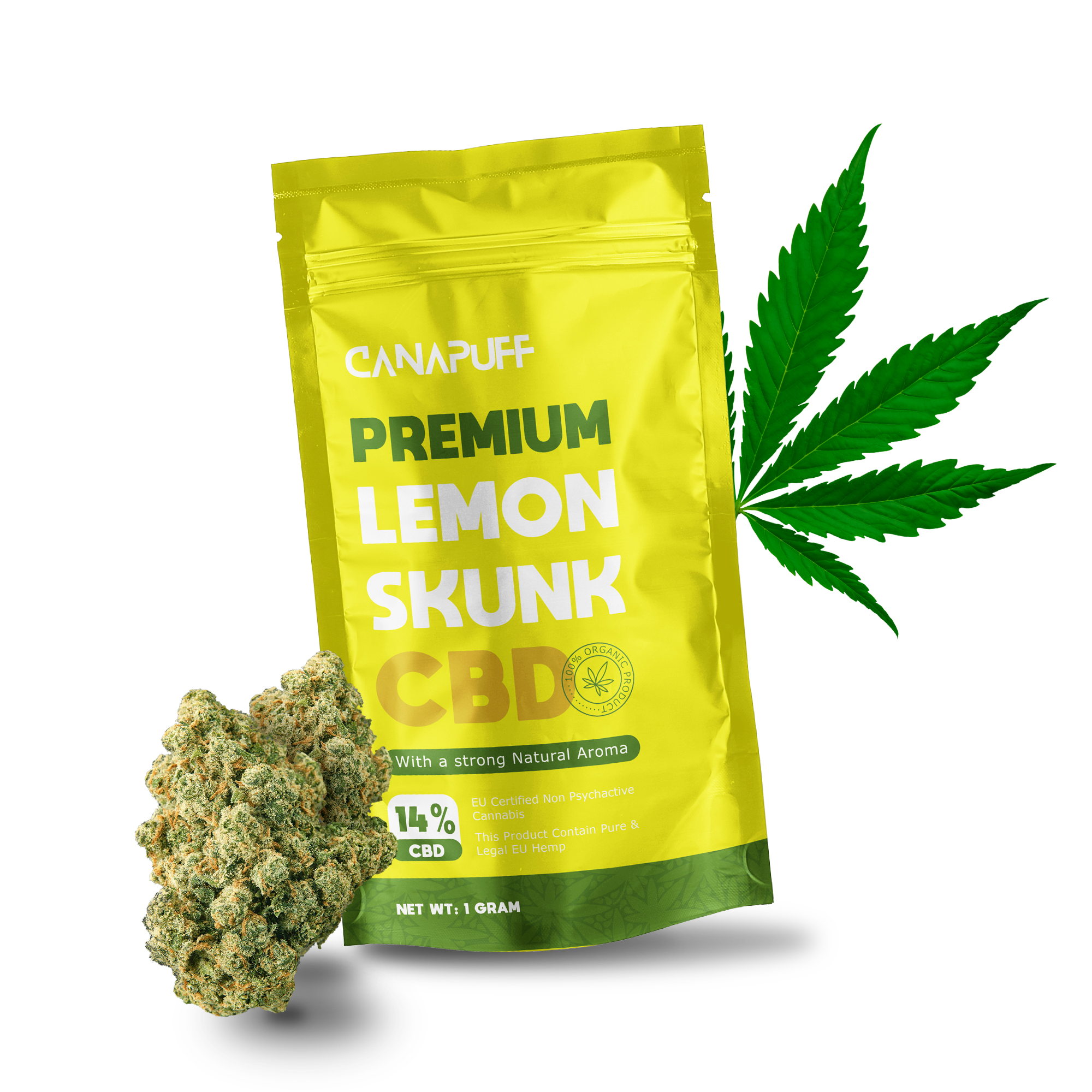
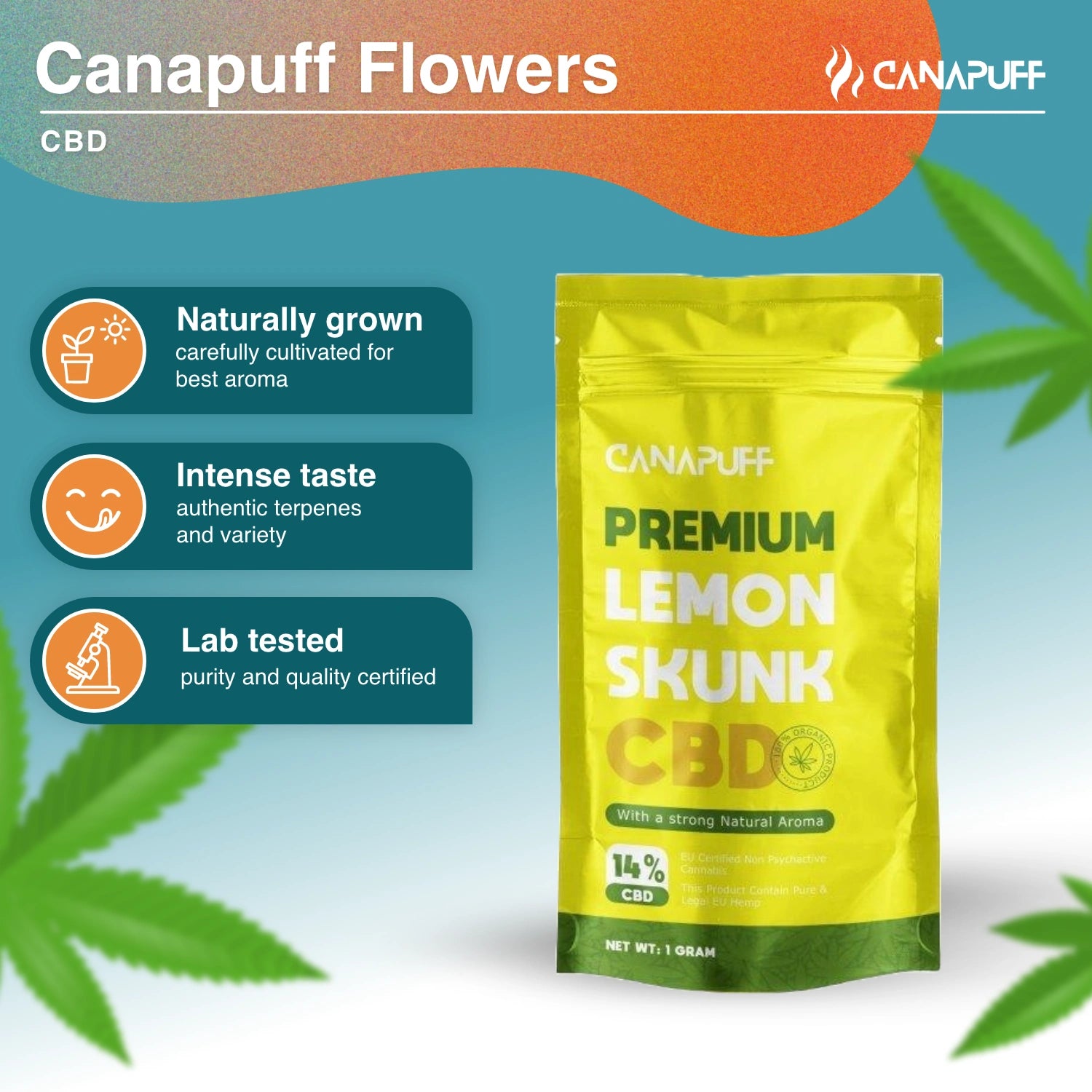


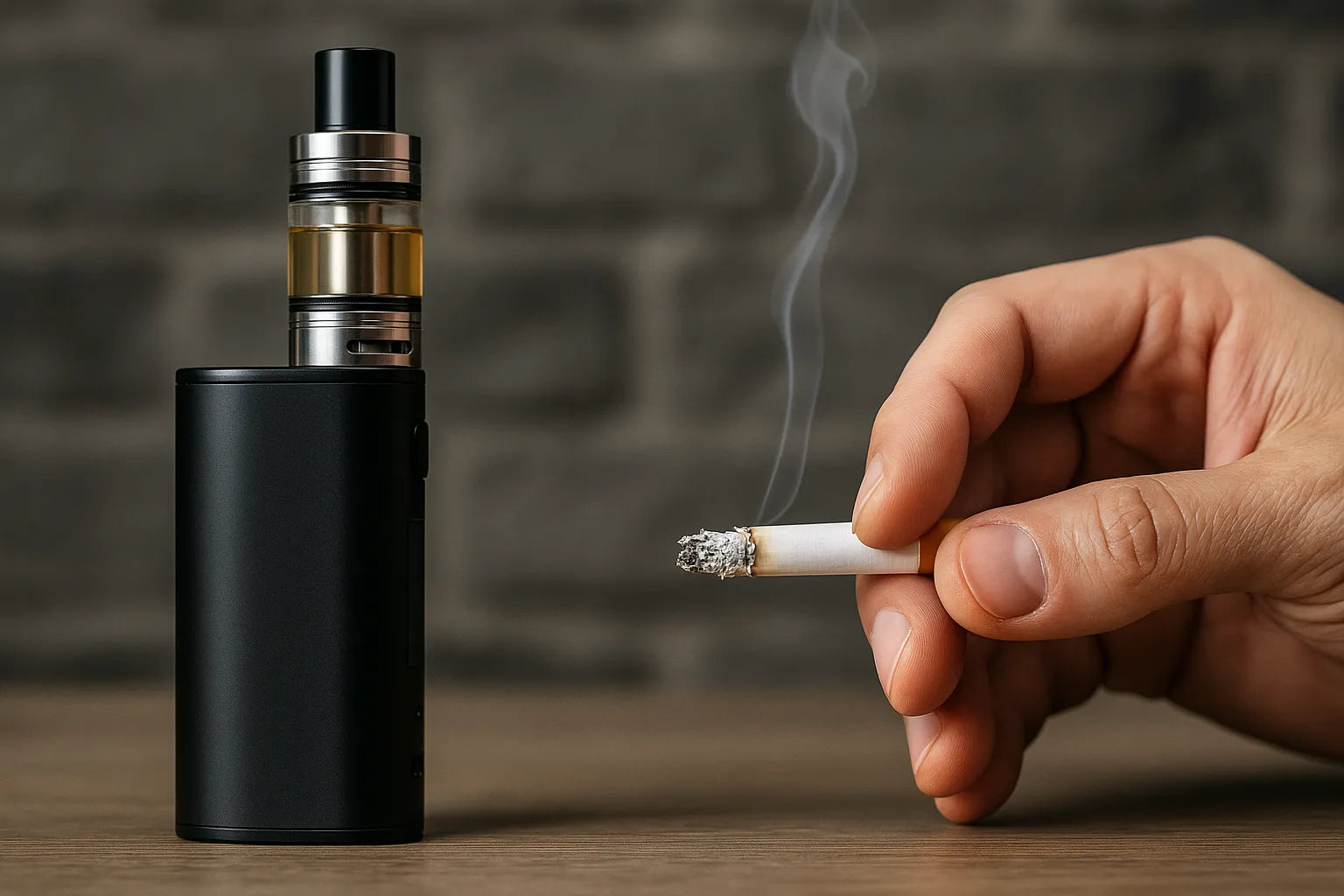
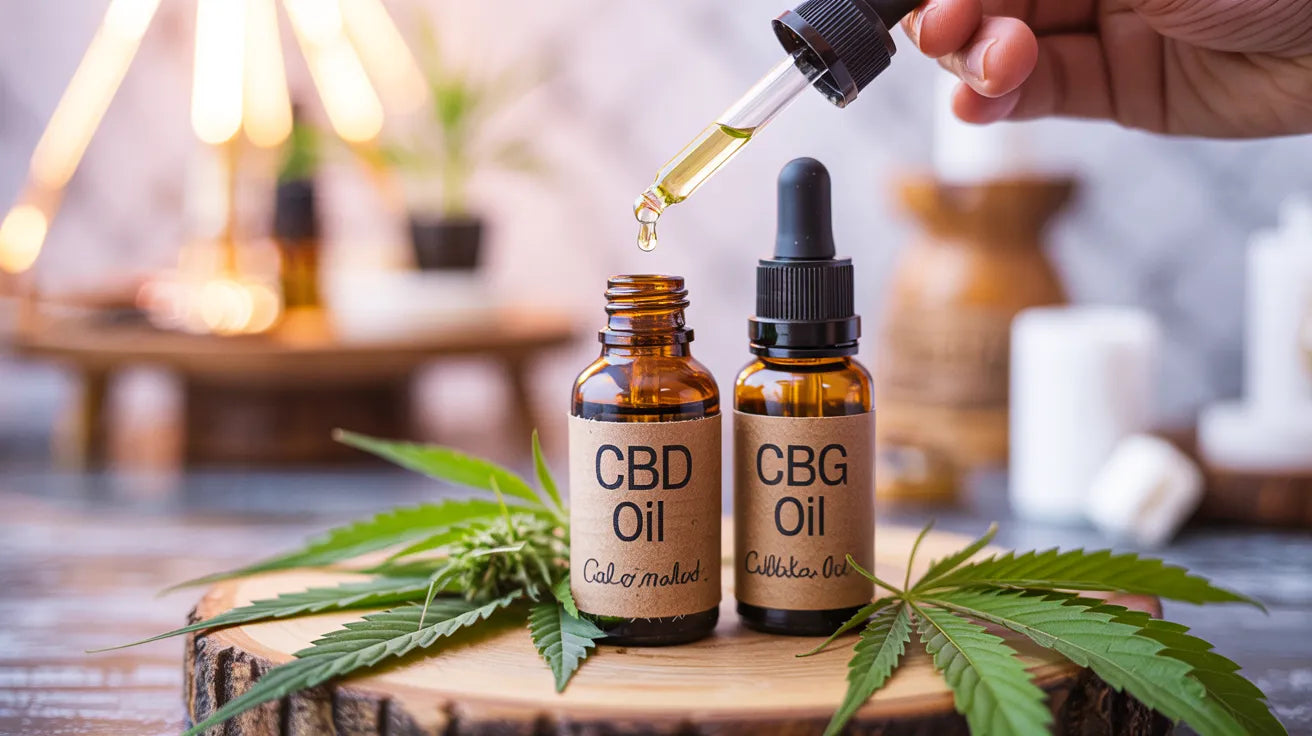
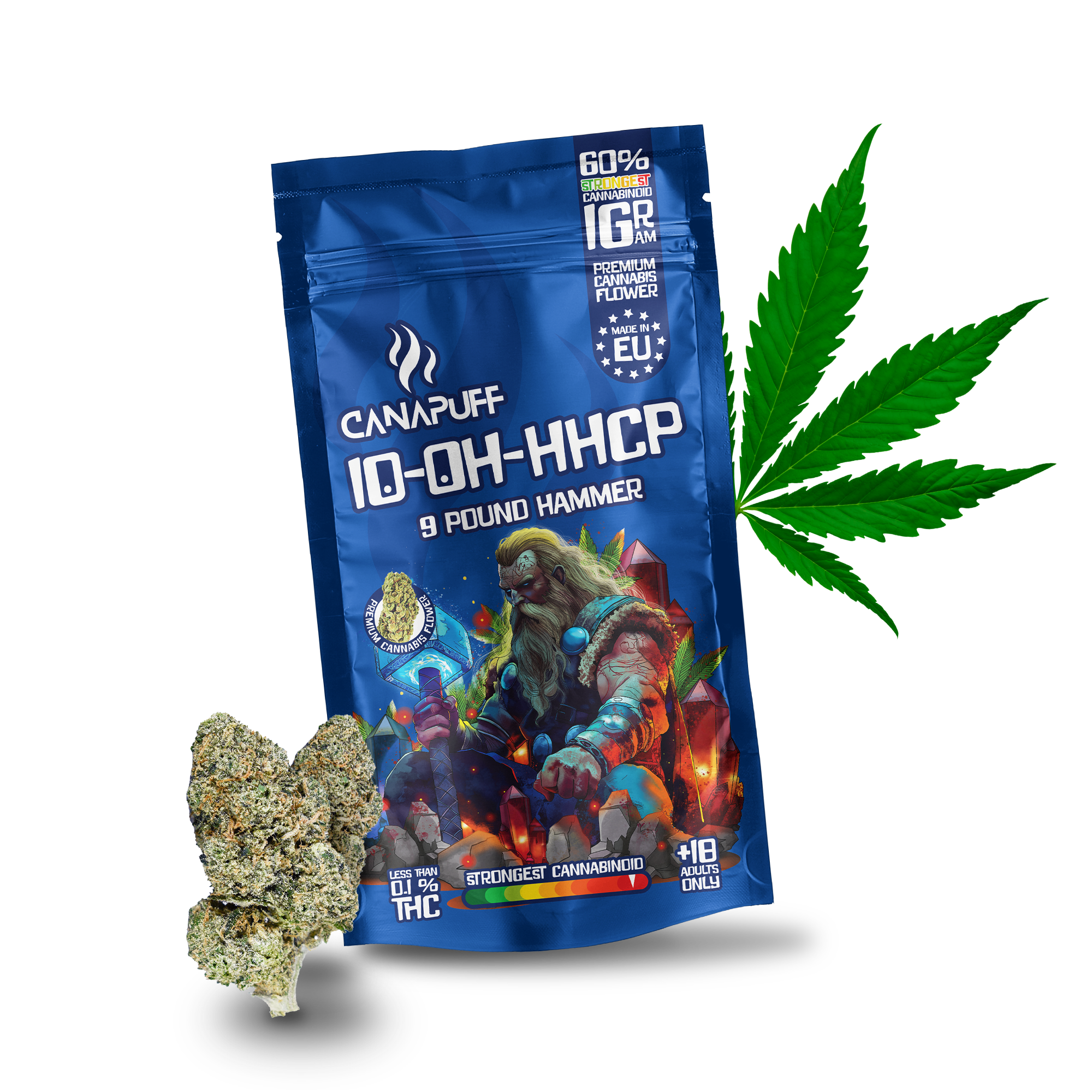
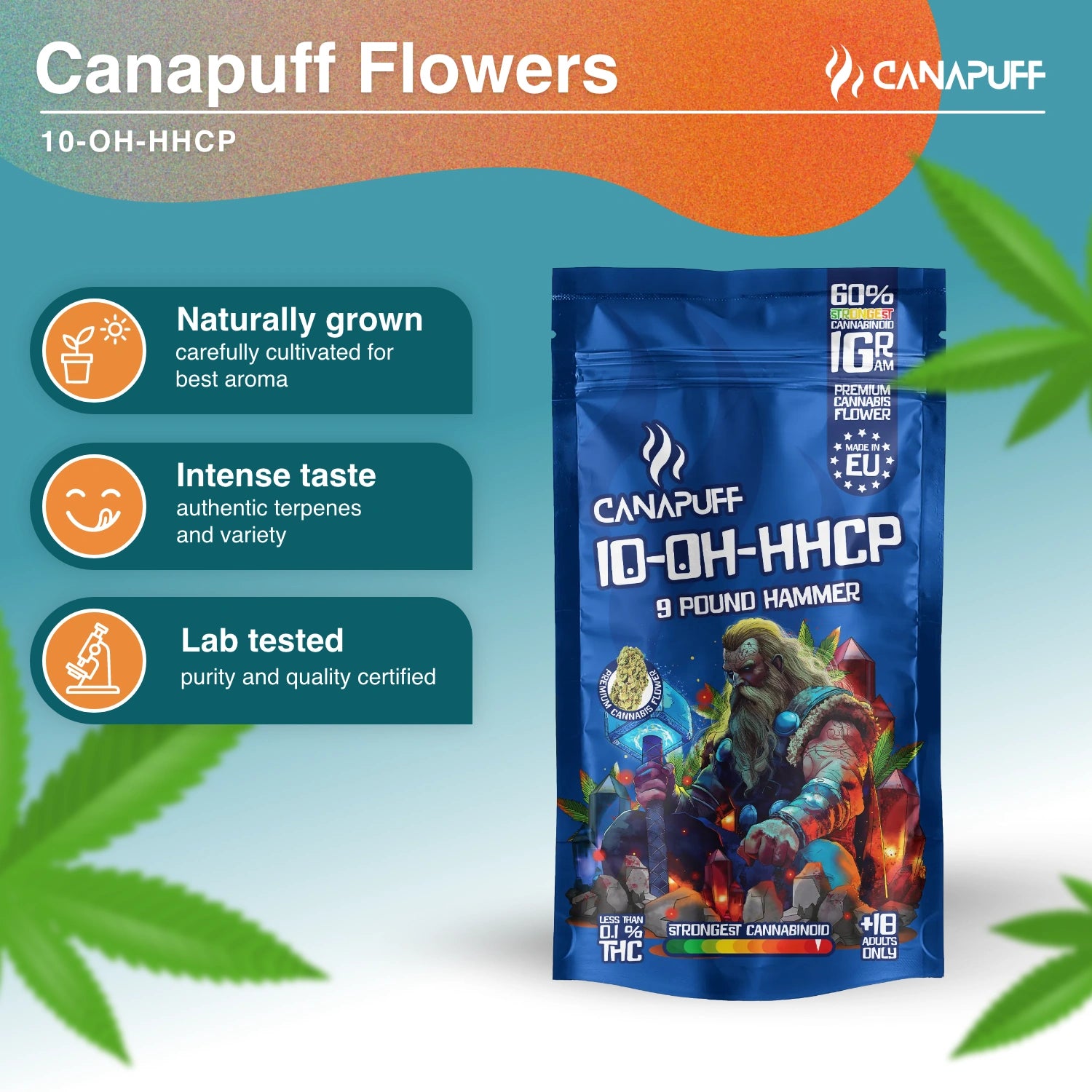
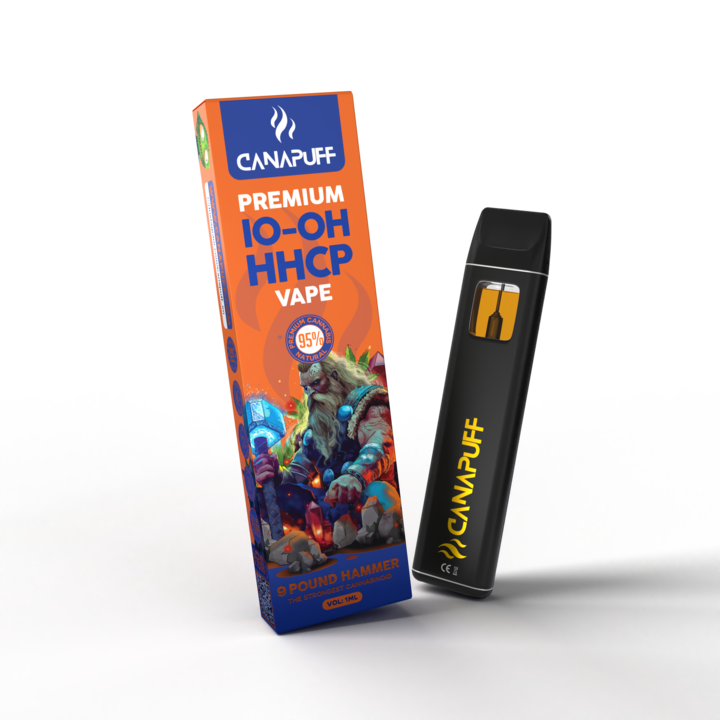
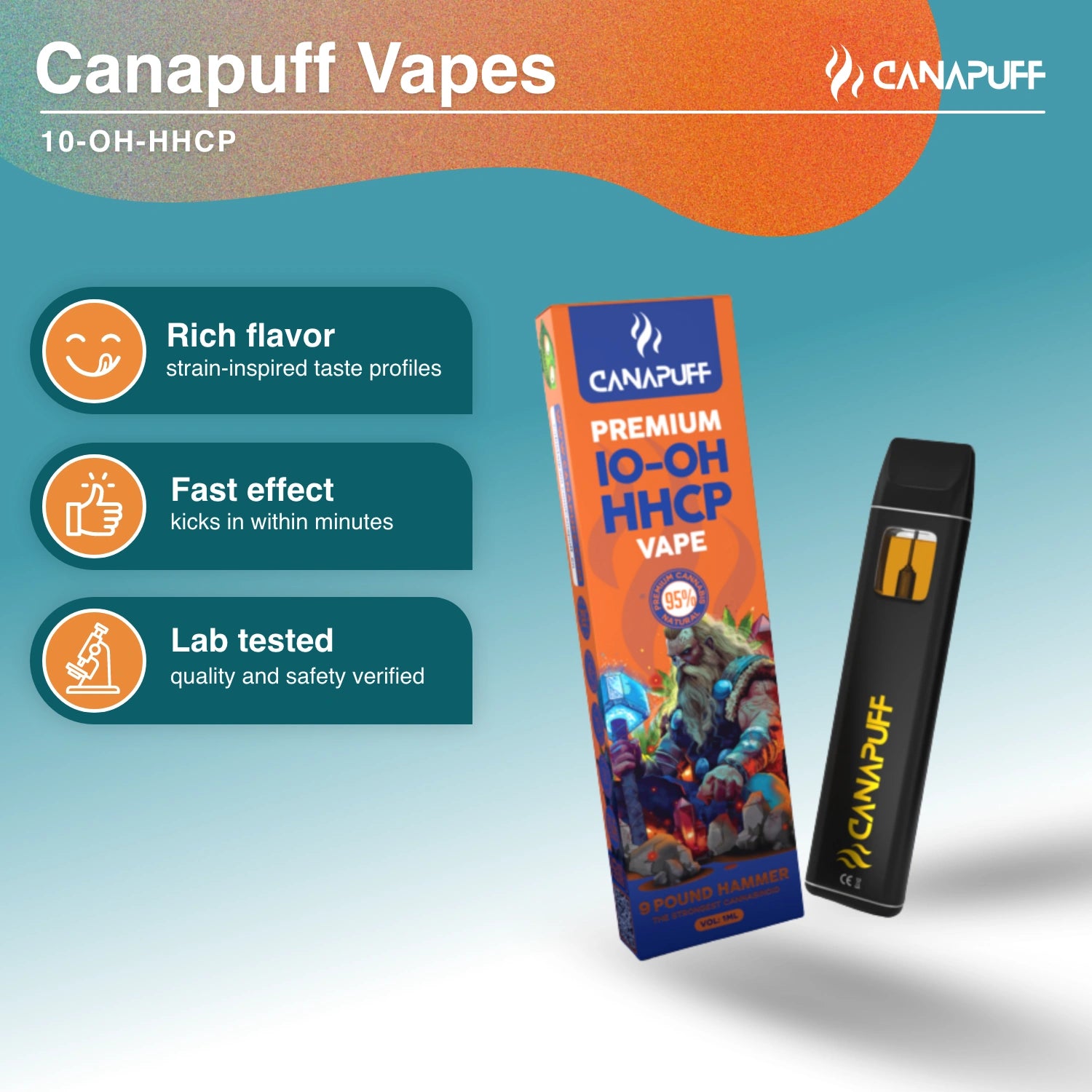
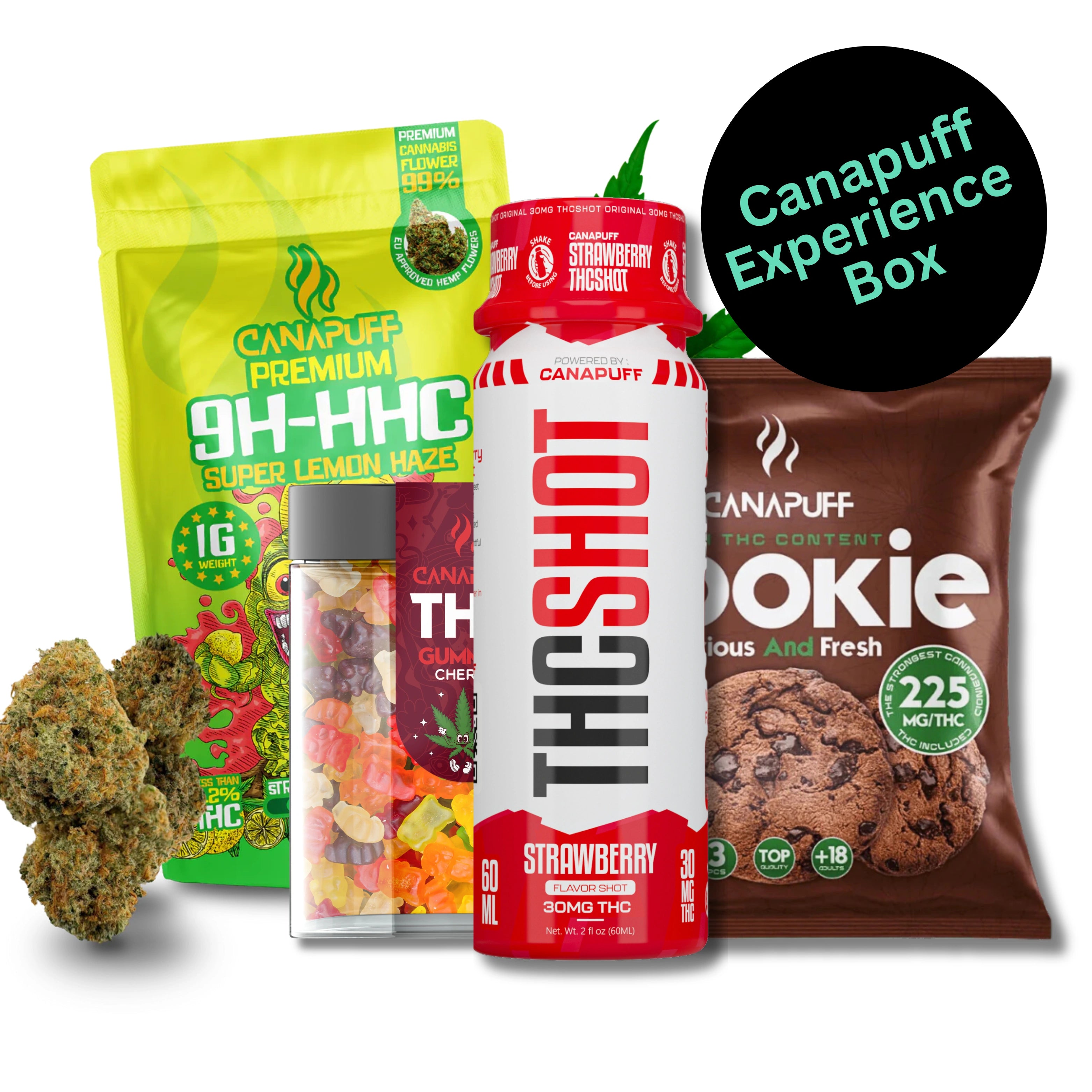
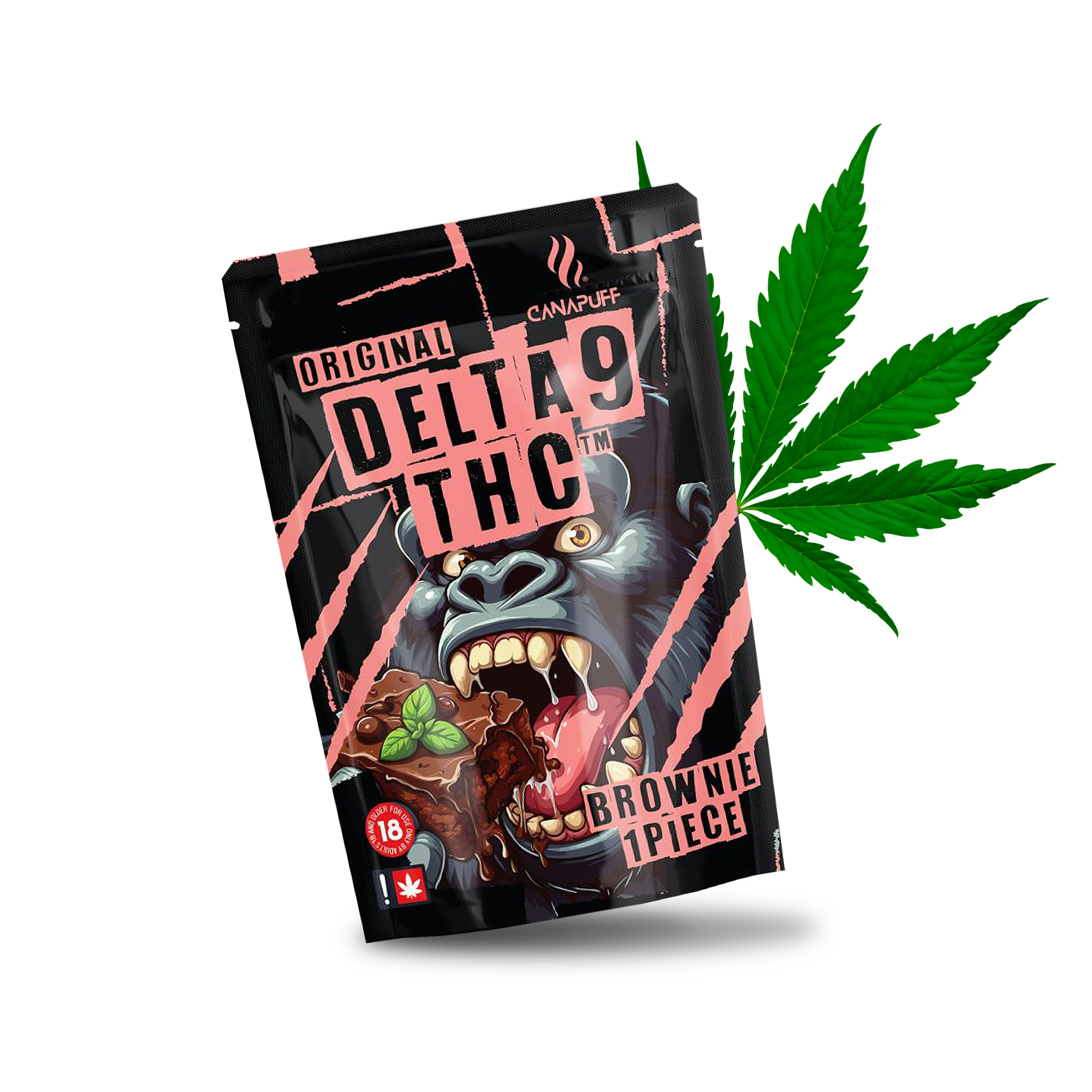

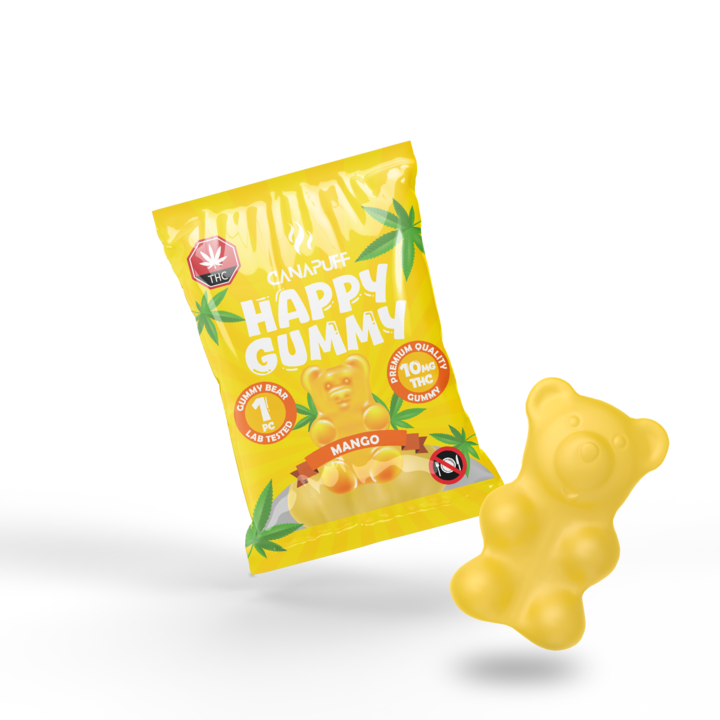
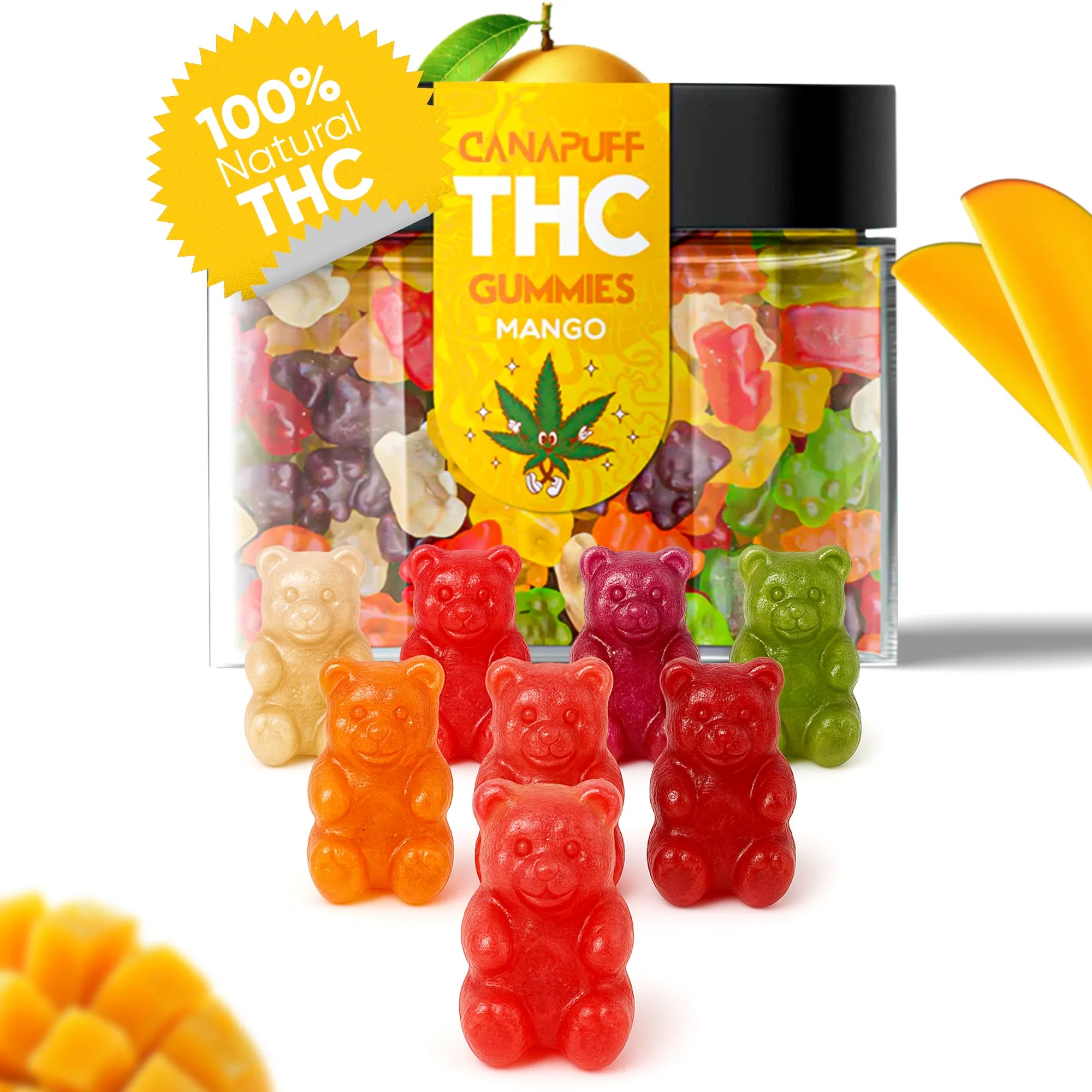

Leave a comment
This site is protected by hCaptcha and the hCaptcha Privacy Policy and Terms of Service apply.